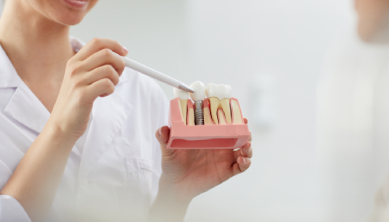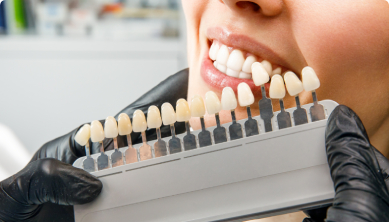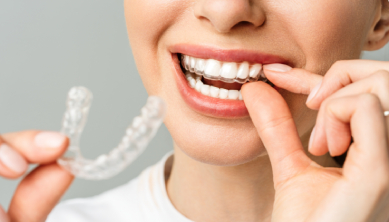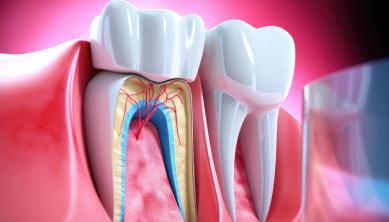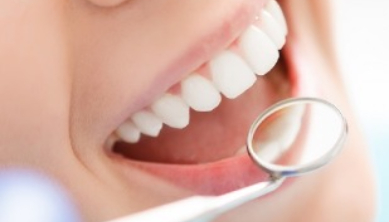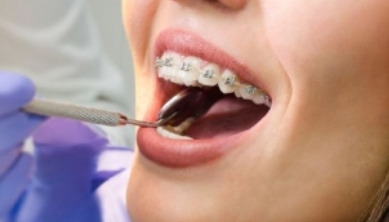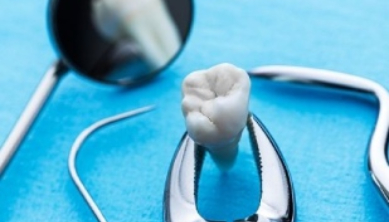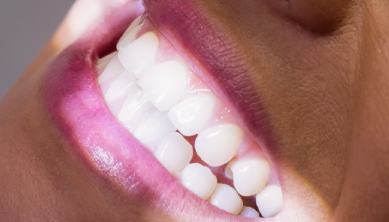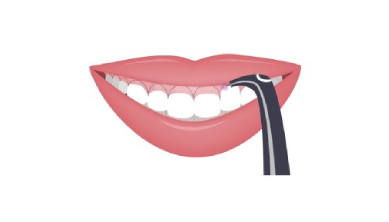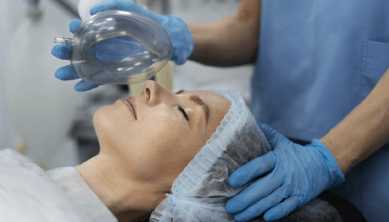
Fissure Sealant Application
What is Fissure Sealant and Why is it Applied?
Fissure sealants are protective applications that aim to prevent tooth decay by covering the recesses and pits on the chewing and flat surfaces of the teeth. When the fissures in these areas are deep and chambered, they are the foci of decay that benefit the least from tooth brushing and where tooth decay is observed at the highest rate. Therefore, it is important to cover fissures that are difficult to clean and protect them from decay.
Which Teeth Can Fissure Sealant Be Applied to?
It is applied to the deep fissures of primary molars, permanent premolars and permanent molars where food accumulation is observed. It can also be applied to the palatal surfaces of permanent mid-lateral incisors with deep fissures.
How to Apply Fissure Sealant?
The relevant tooth surface is first cleaned with the help of a brush. The tooth surface, which becomes more conservative with the help of the etching agent, is made ready for protective filling, with or without the help of a bonding agent. Finally, a flowable filling material is applied to the relevant area, making sure that all fissures are covered, and then hardened with a light source.
How Many Sessions Does Fissure Sealant Application Take?
Fissure sealant application is applied in a single session. Depending on the child's compatibility, fissure sealant can be applied on more than one tooth in the same session.
What are the Benefits of Fissure Sealant Application?
It prevents the treated tooth from decaying as long as it is checked regularly.
What Should Be Considered After Fissure Sealant Application?
It is important to have regular checks and continuity of dental care. Additionally, avoiding practices such as cracking nuts or hard candies with your teeth, and not consuming hot and cold foods one after the other, will ensure that the fissure sealants do not break, thereby prolonging their lifespan.
Does Fissure Sealant Application Have Any Harm to Teeth?
No, it doesn't do any harm. It can be used reliably as a protective measure for teeth.
How Often Should Fissure Sealant Be Applied?
Applying it once to a tooth is theoretically sufficient, but if care is not taken, fracture may occur. In this case, depending on the size of the fracture, the procedure may need to be repeated or the damaged area may need to be repaired. Therefore, regular check-ups every 6 months are important.
What is the lifespan of fissure sealant application?
It is not appropriate to set a certain lifespan. If care is taken, it can be used for many years without requiring renewal.


